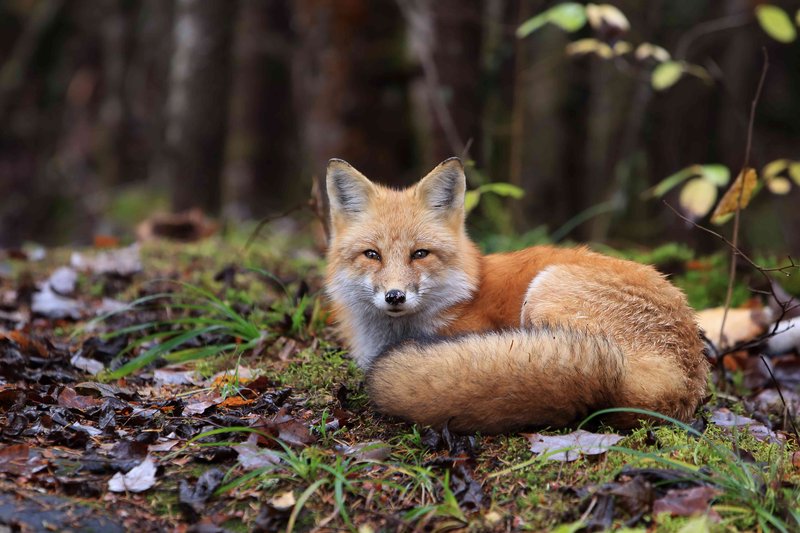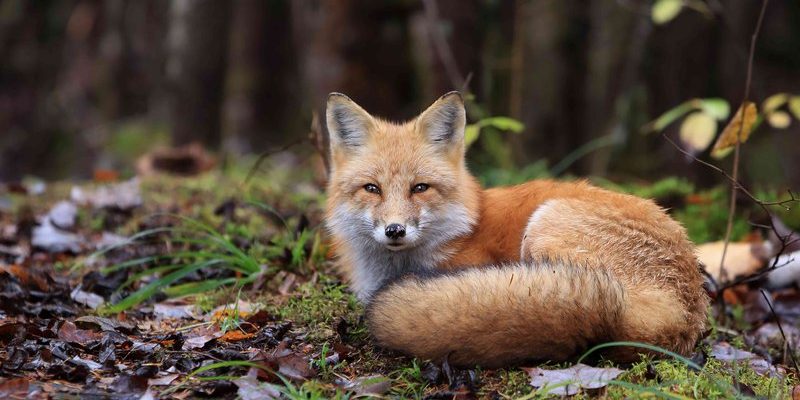
Imagine being in a place where food is scarce, temperatures swing widely, and the landscape is daunting. That’s just another day for a fox. Their ability to adapt is reminiscent of a skilled treasure hunter, always on the lookout for new ways to find food and shelter. Let’s dive into the world of foxes and uncover how they manage to navigate these challenging environments.
Adaptations for Temperature Extremes
Foxes are true masters of adaptation. In cold environments, like the Arctic, they’ve evolved thick fur coats that help insulate them against freezing temperatures. The Arctic fox, for instance, boasts a luxurious white coat that not only keeps it warm but also camouflages it in the snow. This clever blend of function and style is a key part of their survival strategy.
On the flip side, foxes living in desert climates have developed other traits. The fennec fox has large ears that serve two purposes: they help dissipate heat and improve the fox’s hearing, allowing it to detect prey even underground. These impressive features highlight how adaptive evolution plays a crucial role in a fox’s survival strategy.
Additionally, foxes are crepuscular, meaning they are most active during twilight hours. This behavior helps them avoid the heat of the day and makes hunting easier, as many of their prey are also active during these cooler times. By simply adjusting their schedules, foxes smartly enhance their chances of finding food and staying safe.
Finding Food in Scarcity
So, how do foxes manage to find food in environments where it’s not easy to come by? One word: versatility. Foxes are opportunistic feeders, which means they eat whatever is available. This can include small mammals, birds, fruits, and even scavenged remains of larger animals. Imagine being a chef who can whip up a meal from almost anything in your pantry—that’s a fox!
In snowy terrains, Arctic foxes rely on their keen sense of hearing to locate small rodents hidden beneath the snow. They can even leap into the air and pounce to break through layers of snow to get to their dinner! It’s a spectacular dance between predator and prey, showcasing the fox’s hunting skills and adaptability.
Desert foxes, like the fennec, take advantage of what the environment has to offer. They typically dig for insects or small burrowing animals. Plus, they can go long periods without water, extracting moisture from their food and avoiding the hottest parts of the day. This adaptability means they can survive where other animals might struggle.
Creative Shelter Solutions
Finding a safe place to rest is crucial for any animal, especially in harsh environments. Foxes are known for their clever den-building skills. In colder climates, they dig extensive burrows that serve not just as homes, but also as protection against predators and the elements. These dens can be quite complex, with multiple entrances and chambers.
In contrast, desert foxes utilize the landscape creatively. They often take advantage of rocky outcrops, old burrows, and sparse vegetation to create temporary shelters. This flexibility in choosing their living space allows them to adapt quickly to changing conditions. Think of it like being a minimalist—every decision about where to rest is made with survival in mind.
Foxes are also known to use the dens of other animals. They can tuck themselves into these abandoned homes, gaining a quick refuge without the hassle of digging. This behavior shows just how resourceful they can be in their quest for survival.
Social Structures and Communication
You might be surprised to learn that foxes are generally solitary animals, but they do have social structures that help them thrive in tough environments. They often form loose family groups, especially when raising kits (baby foxes). This social aspect enhances their survival odds: they can work together to hunt and share food.
Communication plays a significant role in a fox’s life, too. They use a variety of vocalizations—like barks, screams, and howls—to convey messages about territory or alert others to danger. Letting out a sharp bark can signal to other foxes that it’s time to back off or alert them to a possible threat.
In harsh environments, these social bonds are vital. For instance, if one fox finds a reliable food source, it might signal others to join in. This cooperation helps maximize their chances of survival, especially when resources are scarce.
Dealing with Predators and Threats
In the wild, foxes aren’t just facing challenging weather or scarce food. They also have to watch out for bigger predators. Adaptation is key here, too. Foxes are generally small and light on their feet, which allows them to evade larger animals. They’re quick, nimble creatures that can dart away when danger approaches.
Some fox species are also known for their boldness. When cornered, they may adopt a defensive posture or try to scare off attackers with loud vocalizations. This combination of physical agility and clever tactics helps keep them safe in hostile environments.
Additionally, their coloration often helps them blend into their surroundings. For instance, the red fox’s reddish-brown fur allows it to remain inconspicuous in autumn leaves or sandy terrains. This natural camouflage is just one more way foxes cleverly navigate the risks of their environments.
Foxes are like nature’s little survival experts, constantly adapting and finding creative solutions to thrive in harsh environments. They teach us a lot about resilience, resourcefulness, and the importance of being adaptable. Whether they’re navigating icy tundras or baking deserts, foxes remind us that adaptability is key to survival.
So, next time you see a fox, take a moment to appreciate the incredible strategies they employ to thrive in their harsh habitats. Their resilience is a testament to the power of adaptation in nature, and it’s nothing short of inspiring.

